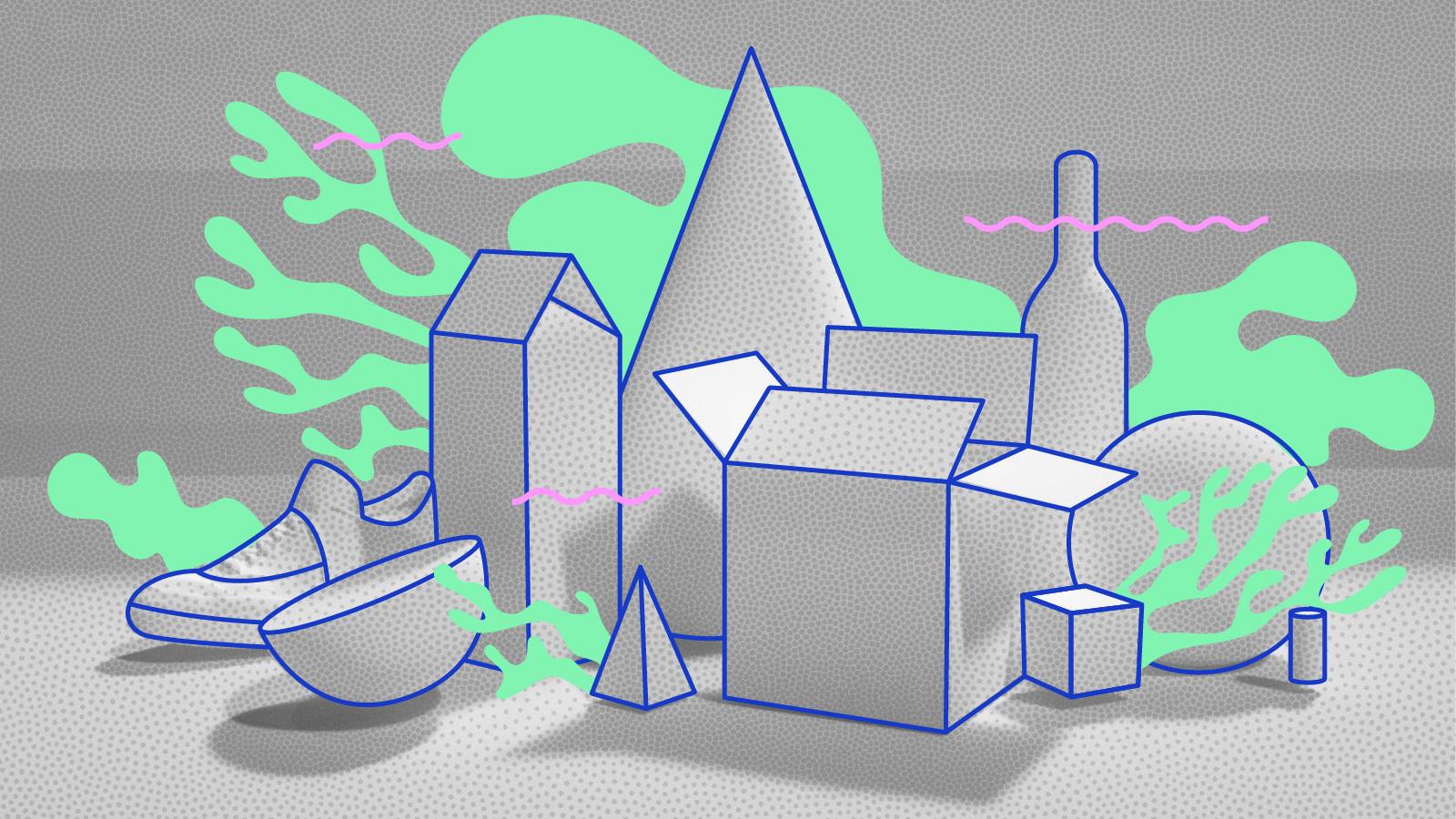There is growing pressure on manufacturing brands, especially for consumer products, to find sustainable options to reduce industrial carbon footprint by 2030. The first step towards solving the problem of climate change is to understand where the larger emissions are taking place and try to plug them.
We exist, therefore we emit (greenhouse gases). CO2, among them, is the most known. Individually, we create greenhouse gas emissions every time we drive our cars, take a plane, or turn on our computers. Emissions from industries primarily come from burning fossil fuels for energy, as well as greenhouse gas emissions from chemical reactions necessary to produce goods from raw materials.
Going carbon neutral means balancing out what was emitted to make it equal to 0. There are two ways to do it - Reducing emissions or offsetting emissions.
It’s based on the principle that, since climate change is a global problem, an emission reduction made elsewhere has the same positive effect as one made locally. But it is extremely difficult to reduce our emissions to zero, especially for industries.
The first one, reduction, is self-explanatory and also preferred by brands because it would mean that the company as a whole, including its value chain, are not emitting those greenhouse gases at all. Making these changes is complicated and relates to the way industries function - which means major changes in supply chains, technology and processes, raw materials and infrastructure.
This is the reason why industries find it easier to offset.
Offsetting emissions means that after CO2 and other gases are emitted they are compensated by brands who donate money to causes that help reducing the emissions. This can be done through investment in renewable energy, energy efficiency or other clean, low-carbon technologies.
